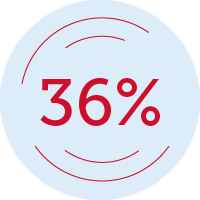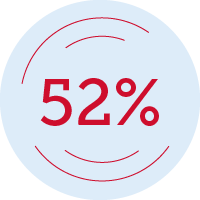
-
Industry
-
Solutions
- Thinking
- People
-
Locations
-
Dedicated and expert resources with local experience and established networks. Explore our locations and connect with us.
-
-
About
-
MinterEllison is about creating sustainable value with our clients, our people and our communities
-
- Careers
eyJhbGciOiJIUzI1NiIsInR5cCI6IkpXVCJ9.eyJuYW1laWQiOiI4ZGViYThhNi03MWY1LTQxNjctYjM2MS04YTMyMGJhNGM5ODciLCJyb2xlIjoiQXBpVXNlciIsIm5iZiI6MTc2Mzk5OTc2MSwiZXhwIjoxNzY0MDAwOTYxLCJpYXQiOjE3NjM5OTk3NjEsImlzcyI6Imh0dHBzOi8vd3d3Lm1pbnRlcmVsbGlzb24uY29tL2FydGljbGVzL2EtZGVjYWRlLW9mLXBlcnNwZWN0aXZlcy1vbi1jeWJlci1yaXNrIiwiYXVkIjoiaHR0cHM6Ly93d3cubWludGVyZWxsaXNvbi5jb20vYXJ0aWNsZXMvYS1kZWNhZGUtb2YtcGVyc3BlY3RpdmVzLW9uLWN5YmVyLXJpc2sifQ.3vo3L0yd0BdxkqIpuJ5E_Xy9XZFbyWkhSlVJssiFXOQ
https://www.minterellison.com/articles/a-decade-of-perspectives-on-cyber-risk
CLOSE












